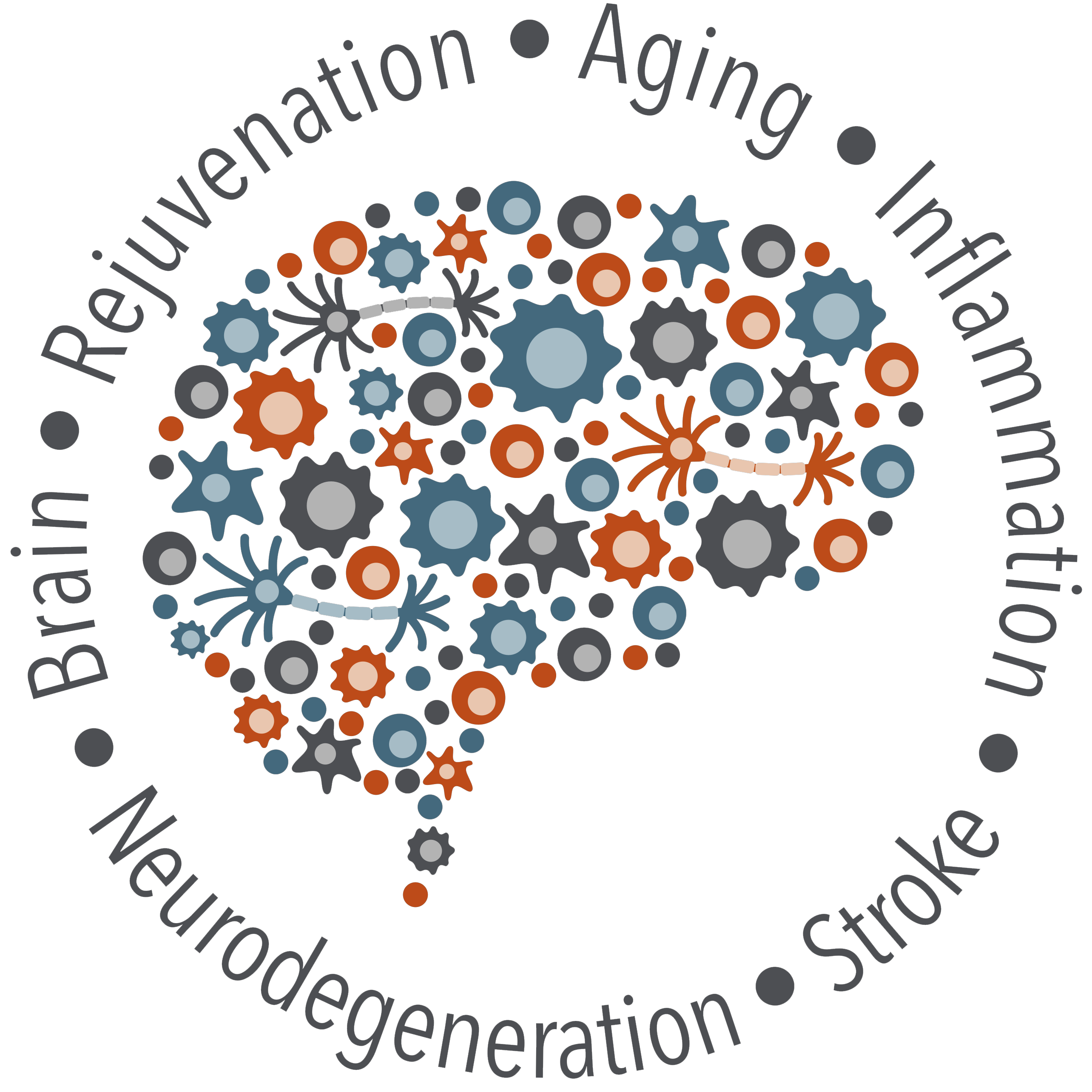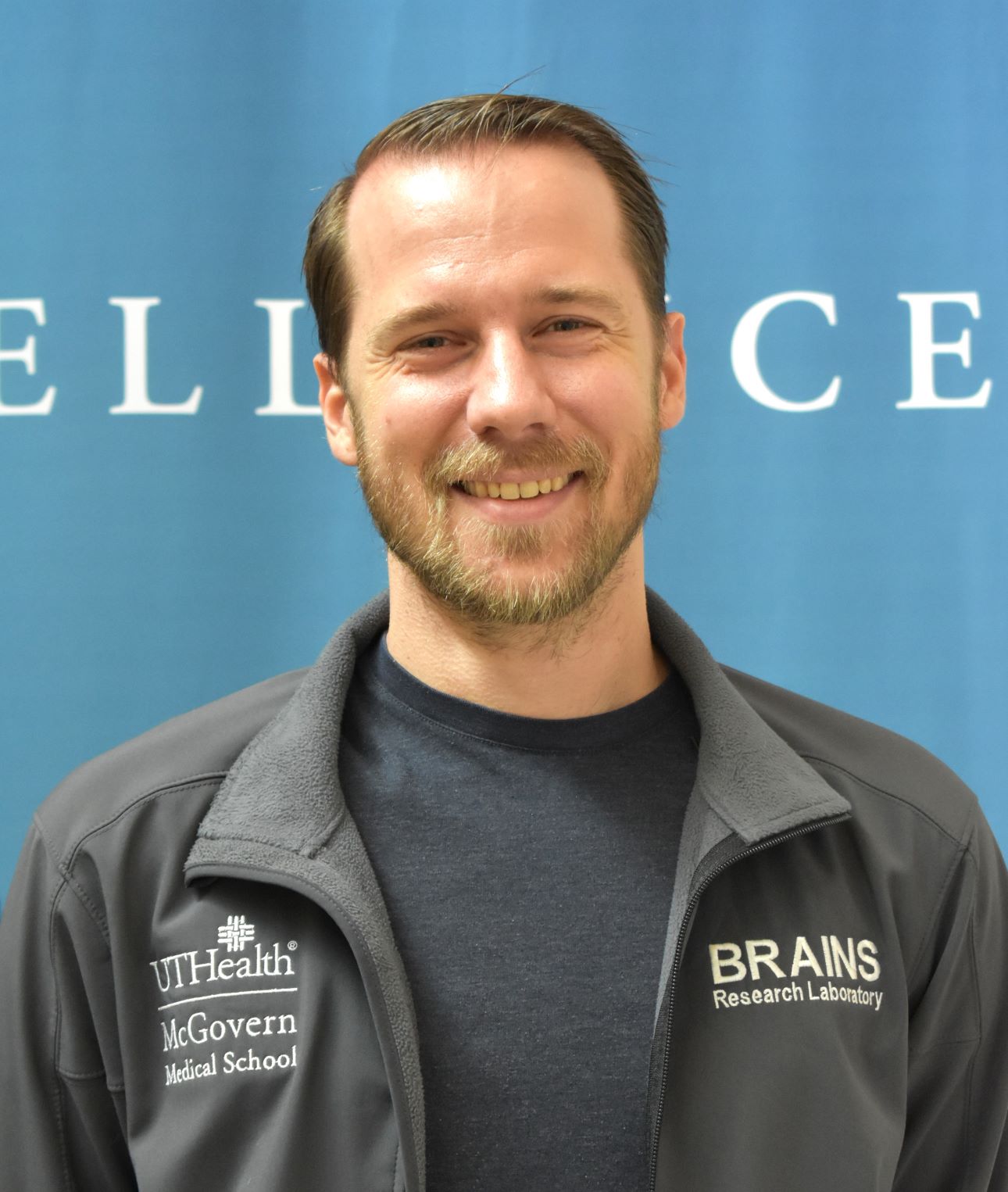Surgical Core

The BRAINS Research lab has a long-standing surgical core within UT Health McGovern School of Medicine that is providing complex surgical models for all collaborating labs. The surgical core consists of five (5) individual surgical stations, equipped with microscopes and isoflurane vaporizers with built in vacuum to minimize exposure to the operator, as well as specialized areas allowing for two mice to be anaesthetized simultaneously, as well as a training station for in house and visiting surgeons.
In addition to providing injury models, the core also preforms other techniques such as telemetry implantation, ovariectomies, and tail vein injections.
Injury models:
Transient filament Middle Cerebral Artery Occlusion (tMCAO) model in mice is a widely used technique to induce focal cerebral ischemia, mimicking human ischemic stroke. It involves inserting a silicone-coated monofilament into the internal carotid artery to transiently or permanently block blood flow to the middle cerebral artery. This model allows researchers to study stroke pathophysiology, neuroprotection, and potential therapeutic interventions.
The Permanent Distal Middle Cerebral Artery Occlusion (pdMCAO) model in mice is a widely used experimental model for studying focal ischemic stroke. It involves permanently blocking the distal portion of the middle cerebral artery (MCA), typically via electrocoagulation or ligation, leading to cortical infarction without affecting deep brain structures. This model is useful for investigating stroke pathophysiology, neuroprotection strategies, and post-stroke recovery mechanisms.
The Bilateral Carotid Artery Stenosis (BCAS) model in mice is used to study chronic cerebral hypoperfusion and its effects on cognitive function and white matter injury. It involves placing microcoils around both common carotid arteries to induce gradual blood flow restriction, mimicking conditions like vascular dementia. This model is widely used to investigate mechanisms of cognitive decline and potential therapeutic interventions.
The Parabiosis model in mice involves surgically joining two mice so they share a circulatory system, allowing researchers to study the effects of systemic factors on aging, tissue regeneration, and disease. Studies using this model have shown that exposure to young blood can rejuvenate aged tissues, while old blood can accelerate aging in young mice. This technique has provided insights into molecular mechanisms of aging and potential therapeutic targets for age-related diseases.
The Controlled Cortical Impact (CCI) model of traumatic brain injury (TBI) is an experimental method used in rodents to induce precise, reproducible brain injuries. It involves an electromagnetically driven impactor that rapidly compresses the exposed cortex, mimicking key features of human TBI such as contusion, edema, and neuroinflammation.
The Modified Weight Drop Model of traumatic brain injury (TBI) is an experimental technique that induces brain injury by dropping a weighted impactor onto the skull, often with a movable platform to allow for acceleration, deceleration, and rotational forces. This model mimics diffuse axonal injury and concussive forces commonly seen in human TBI, making it useful for studying mild to moderate brain trauma.
Fluid Percussion Injury Model (FPI) model is a widely used method to induce traumatic brain injury (TBI) in mice by delivering a rapid fluid pulse to the dura, causing controlled brain deformation. This model closely mimics aspects of human TBI, including cortical damage, neuroinflammation, and cognitive deficits. It is commonly used to study TBI pathology and test potential therapeutic interventions.
Our Team

Frank W Blixt, PhD – Research Scientist
Surgical Core Director, BRAINS Laboratory
Education & Training
BS Zoology Biomedical Science, University of Oklahoma – Norman, OK (2011)
MS Biology, Lund University – Sweden (2013)
PhD Clinical Sciences, Lund University – Sweden (2018)
Areas of Interest
Research interests: microbiome influence on development, generational effects of dysbiosis, stroke, retinal ischemia
Clinical interests: microbiome targeted therapies for stroke prevention/recovery
Research & Experience
-Retinal Ischemia – A Vascular Perspective (2014-2018) under the supervision of Professor Lars Edvinsson and Professor Karin Warfvinge – Lund University, Sweden
-The role of CGRP in migraine pathophysiology (2014-2020) under the supervision of Professor Lars Edvinsson and Professor Kristian Agmund Haanes – Glostrup Research Park, Denmark
Hobbies & Interests
Film making and editing, European football, and working out.
 Solji Roh, MD – Research Scientist
Solji Roh, MD – Research Scientist
Education & Training
MD Kyungpook National University School of Medicine – Daegu, South Korea
Areas of Interests
Research Interest: animal surgical models, neurovascular disease
Clinical interests: aging, ischemic stroke, Alzheimer’s Disease
Research & Experience
My research is focused on the development of a surgical model for neurovascular disease and neurodegenerative disease.
Hobbies & Interests
Hiking and art